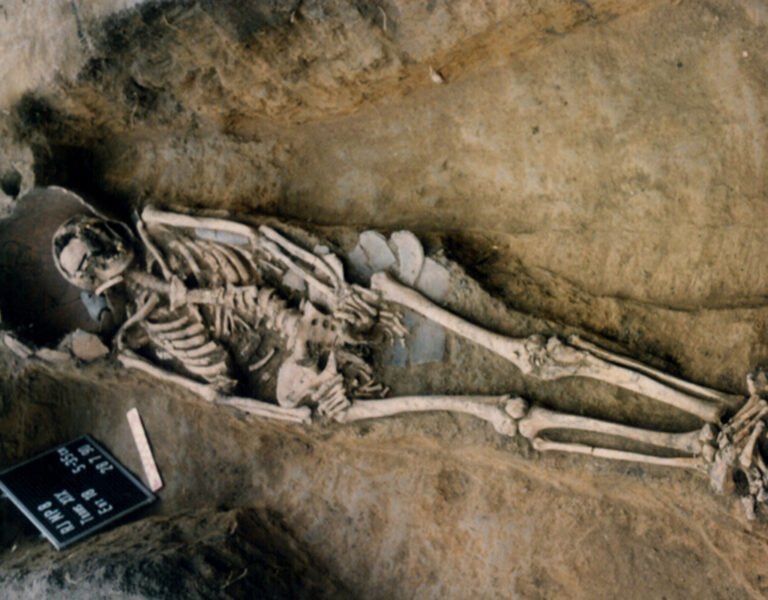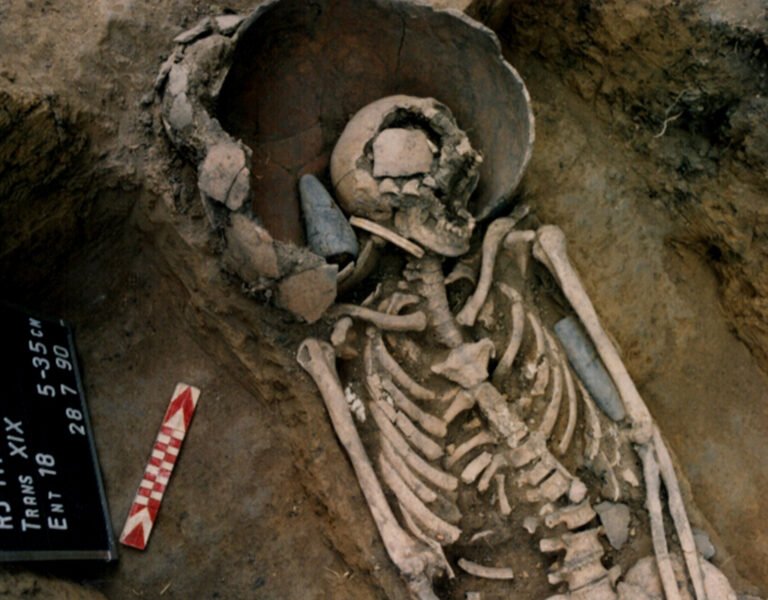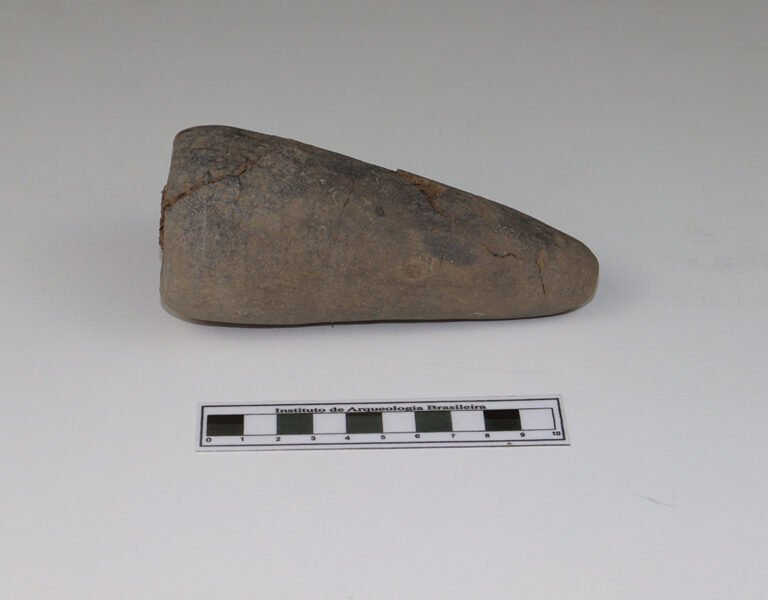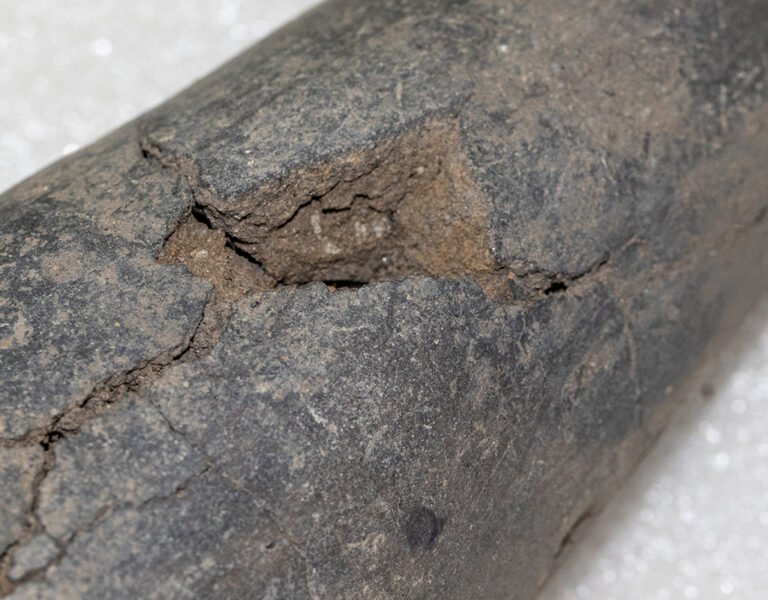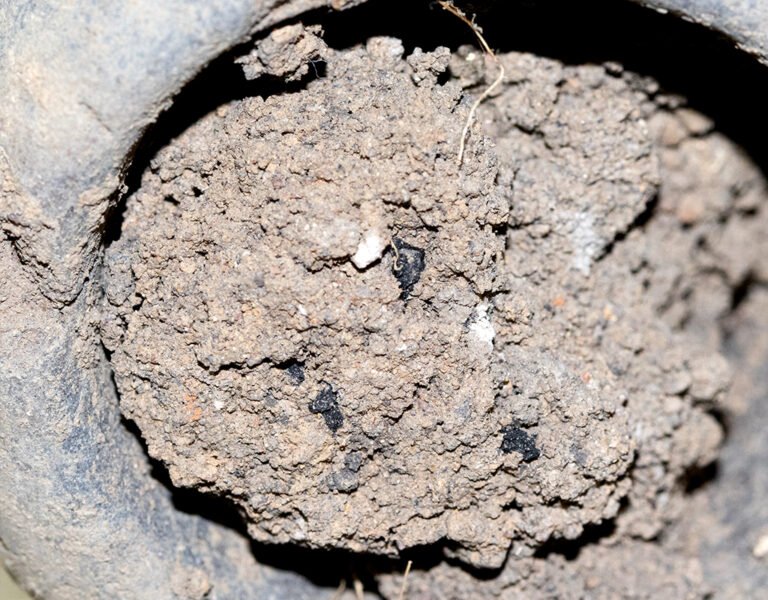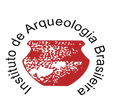Tubular ceramic pipe
Object description
The Ururaí Phase, although contemporary with the Mucuri Phase, is characterized by occupying the spit area of the Northern Region of Rio de Janeiro. Unlike that one, it does not show traces of interethnic contact with peoples of Tupi Guarani origin. The environmental location of its sites did not allow basketry and weaving artifacts to be preserved, as occurred in cave sites. Thus, the points of convergence with the Una Tradition are its common ceramic, the variety of burial patterns and the evidence of horticultural practice.
The large tubular pipe, in ceramic, still containing sediment was part of the funerary accompaniment of burial No. 18 studied. Located at Caju site, in Campos dos Goitacazes, this is the most important of the Ururaí Phase. In it were located thirty-one burials that indicated differentiation of rituals according to the age, sex and social function of the individual. This pipe belonged to an adult man buried in a grave, with his body distended and protected by large fragments of ceramics. Historiography reports that the tubular pipe was used, above all, by shamans in the art of healing. In addition to the pipe, bone ornaments (paca’s teeth) were discovered close to the individual’s ears indicating use as earrings.
Cultural affiliation of the object
Prehistoric period
Una Tradition
Ururaí Phase
Location Campos dos Goitacazes, RJ
Caju site, RJ MP 08
Sector Transector XIX
Level 35 cm (13,7 inches)
Cultural analysis of the object
Type Tubular Pipe
Material Ceramic
Dimension 13 x 5 cm (5,11 x 1,9 inches)
Relative Dating 1000 – 1100 BP
Source IAB 1990 Collection
Catalog 2843

